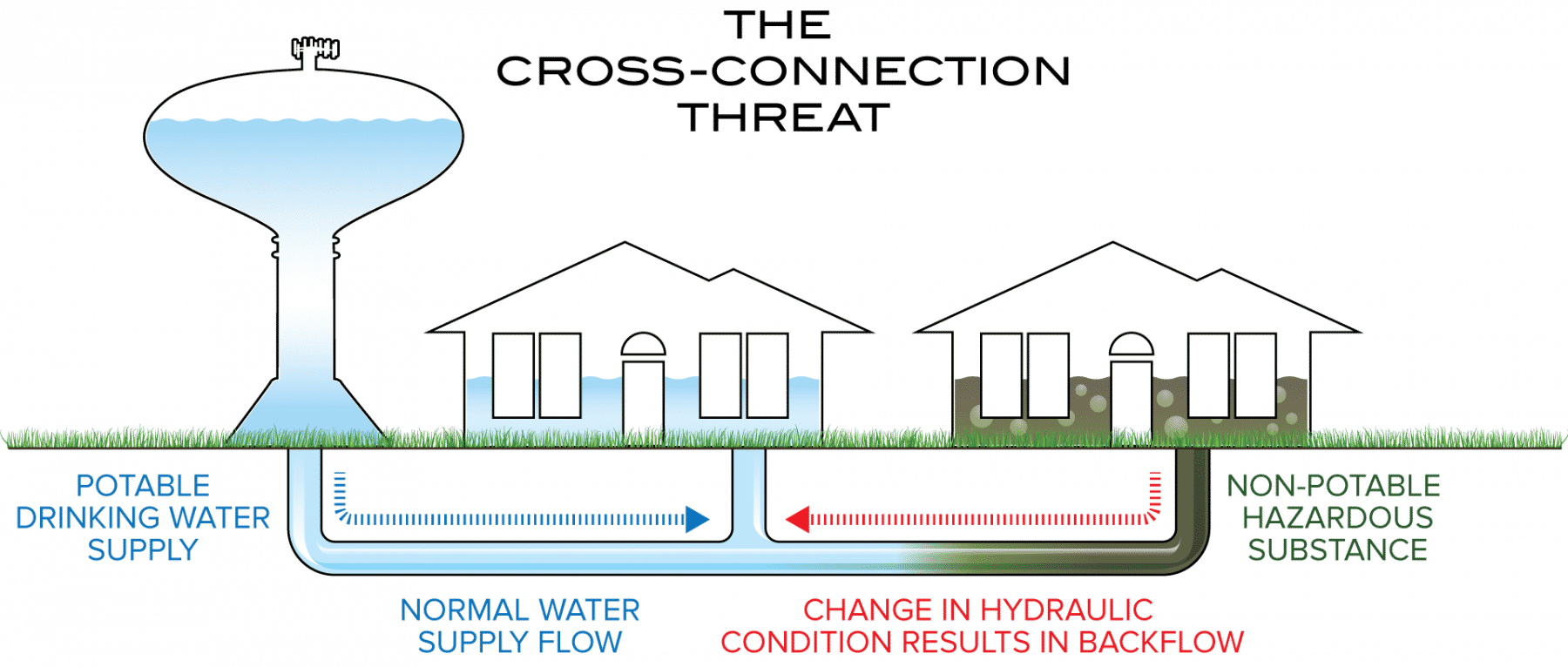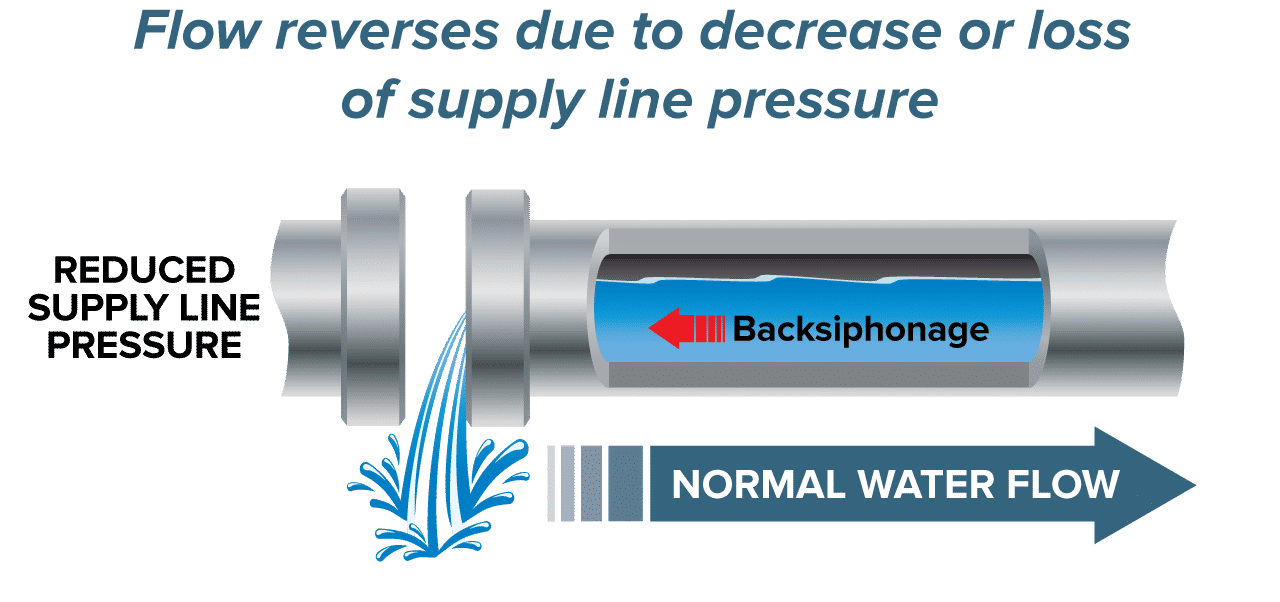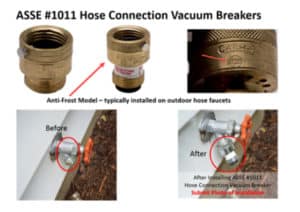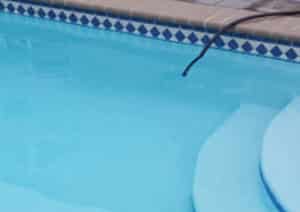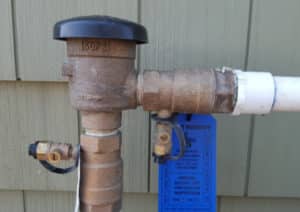MUNICIPAL SERVICES
HOMEOWNER INFORMATION
BASIC DETAILS FOR WATER CUSTOMERS/BUILDING OWNERS REGARDING INSPECTION AND WATER METER REPLACEMENT PROCESS
Your local water provider is responsible for ensuring the water delivered to your home is safe for everyone to drink. However, certain hydraulic conditions left unprotected within your plumbing system may allow hazardous substances to contaminate your own drinking water or even the public water supply.
